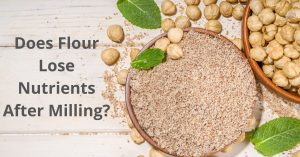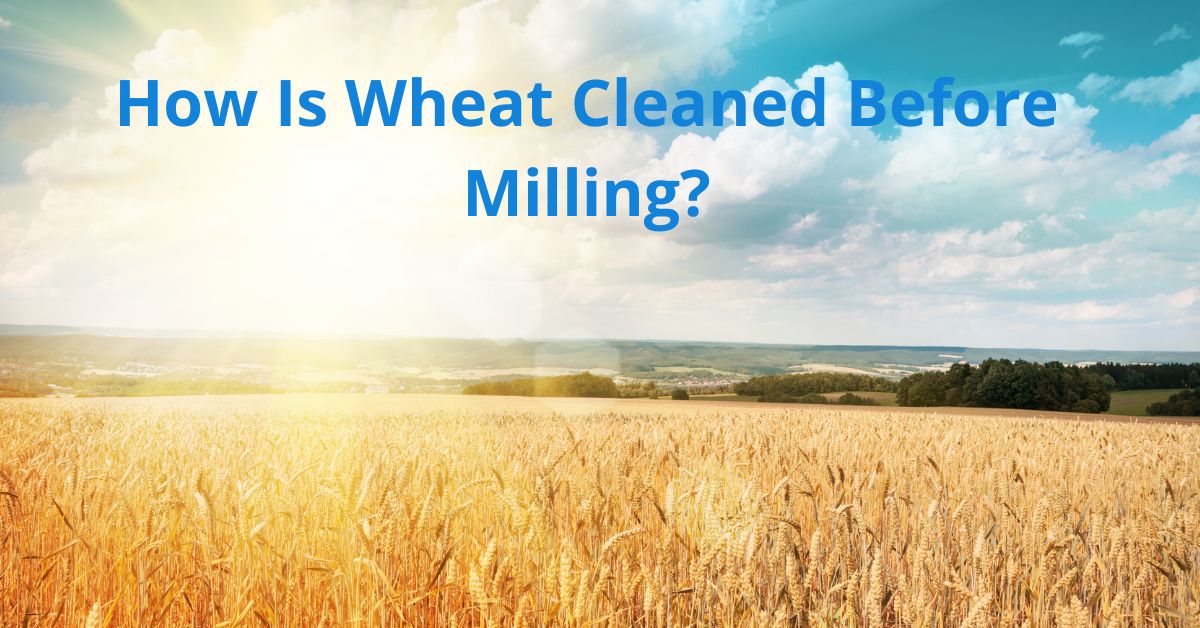
How Is Wheat Cleaned Before Milling?
Wheat cleaning is a crucial step in the journey from field to flour. This process ensures that only pure wheat kernels make it to the milling stage, removing impurities like straw, weed seeds, stones, insects, and dust. Let’s explore the cleaning process and its importance for both industrial and home milling.
The Cleaning Process
Screening: Wheat passes through a series of sieves with different-sized holes. Top screens catch larger debris like straw and twigs, while smaller particles fall through the bottom ones.
Aspiration: To separate lighter impurities from heavier wheat kernels, air currents are used.
Magnetic Separation: Powerful magnets attract and remove any metallic particles.
De-stoning: A specialised machine separates stones and other heavy particles from the wheat.
Scouring: Wheat kernels are gently scrubbed to remove any remaining dust or attached particles.
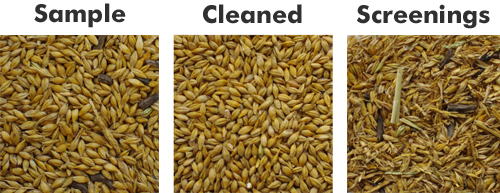
Source: Flourmiller.com (https://www.flourmiller.com/blog/What-is-the-process-of-flour-milling.html)
Is Wheat Washed Before Milling?
Generally, wheat is not washed with water before milling. While washing might seem logical, it creates more problems than it solves:
- Wet wheat provides an ideal environment for mould and bacterial growth.
- Moisture can cause equipment to clog or malfunction.
- Wet kernels don’t grind well, leading to poor-quality flour.
Instead, the above-mentioned dry-cleaning techniques clean wheat without adding moisture.
Home Milling: Cleaning Process for Kitchen Use
If you’re using home milling equipment like a Mockmill or a Waldner Grain Mill store-bought wheat berries have already undergone most of the heavy-duty cleaning. However, it’s still wise to give your grains a final check:
Visual Inspection: Spread wheat berries on a light-coloured surface and remove any visible foreign objects.
Sieving: Use a fine-mesh strainer to remove any remaining dust or small particles.
Magnetic Sweep: Run a strong magnet over your wheat to catch any missed metallic bits.
Mockmill 100
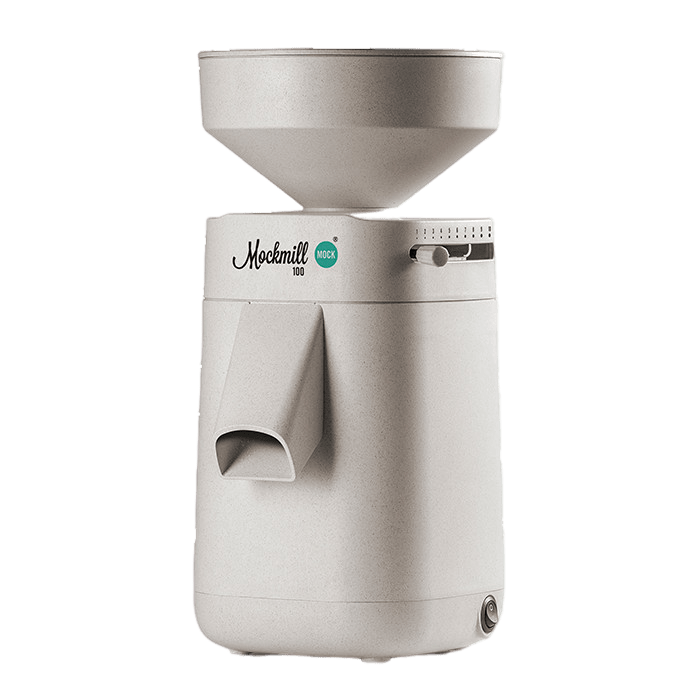
Mockmill 200 Pro
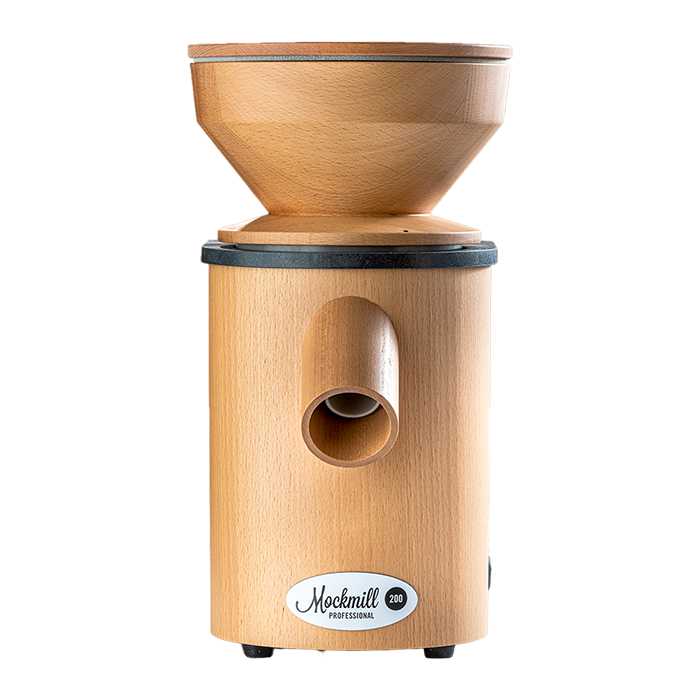
Waldner Mona
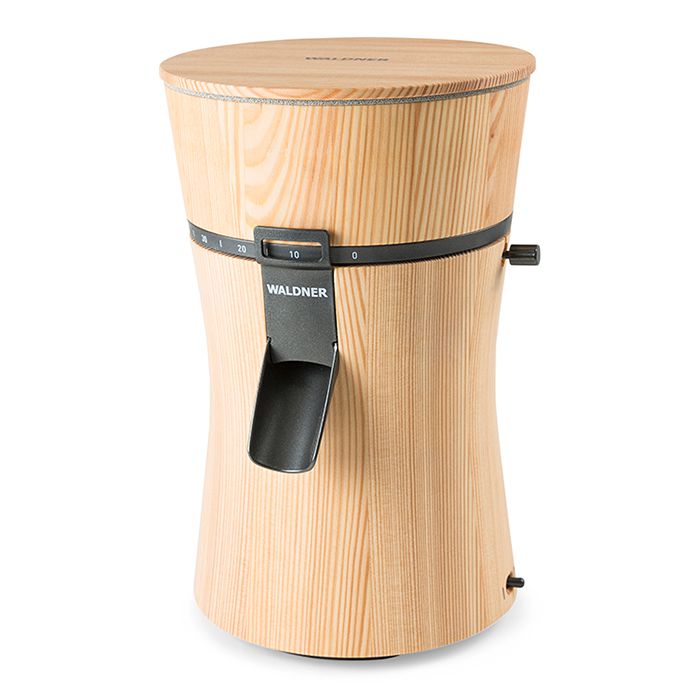
Why Clean Wheat Matters
For a variety of reasons, clean wheat is critical:
Food Safety: Removing contaminants is essential for producing safe, edible flour.
Equipment Longevity: Clean wheat is kinder to milling equipment. Grit and stones can damage mill stones or steel burrs, leading to costly repairs or replacements.
Flour Quality: Clean wheat produces better-quality flour. Impurities can affect the flavour, colour, and baking properties of your flour.
Consistent Results: Clean wheat mills more evenly, giving you consistent results every time.
Industrial Wheat Cleaning
Large-scale flour production requires more extensive cleaning processes. Here are some additional steps used in industrial settings:
Colour Sorting: High-speed cameras and air ejectors remove discoloured grains or foreign seeds that made it through earlier stages.
Trieur Cylinders: These separate round impurities, such as weed seeds, from wheat kernels based on their shape.
Impact Entoleter: This machine uses centrifugal force to remove insects and damaged kernels.
Optical Sorting: Advanced systems use infrared and ultraviolet light to detect and remove impurities based on their optical properties.
The Impact of Wheat Cleaning on Flour Quality
The cleanliness of wheat directly affects the quality of the flour produced.
Ash Content: Cleaner wheat results in flour with a lower ash content, which is often desirable for many baking applications.
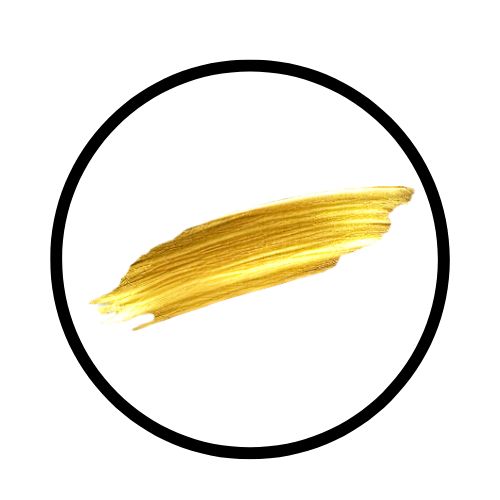
Colour: Thorough cleaning leads to a brighter, more uniform flour colour.

Nutritional Value: Although cleaning removes impurities, it also helps to preserve the nutritional integrity of the wheat kernel.

Baking Performance: Clean wheat produces flour that performs more consistently in baking, with better gluten development and gas retention.
Challenges in Wheat Cleaning
Despite advanced technology, wheat cleaning faces ongoing challenges.
Emerging Contaminants: New types of weeds or changes in farming practices can introduce novel contaminants.
Energy Efficiency: Cleaning processes can be energy-intensive, prompting research into more efficient methods.
Organic Wheat: Cleaning organic wheat can be more challenging due to restrictions on chemical treatments.
Whether you’re using a home mill like the Mockmill 100 or operating an industrial-scale facility, clean wheat is the foundation of excellent flour. The cleaning process, while often overlooked, plays a vital role in ensuring the safety, quality, and consistency of our baked goods.
For home millers, understanding this process can help you appreciate the importance of that final check before milling. And for curious bakers, it sheds light on the complex journey your flour takes before it reaches your kitchen.



